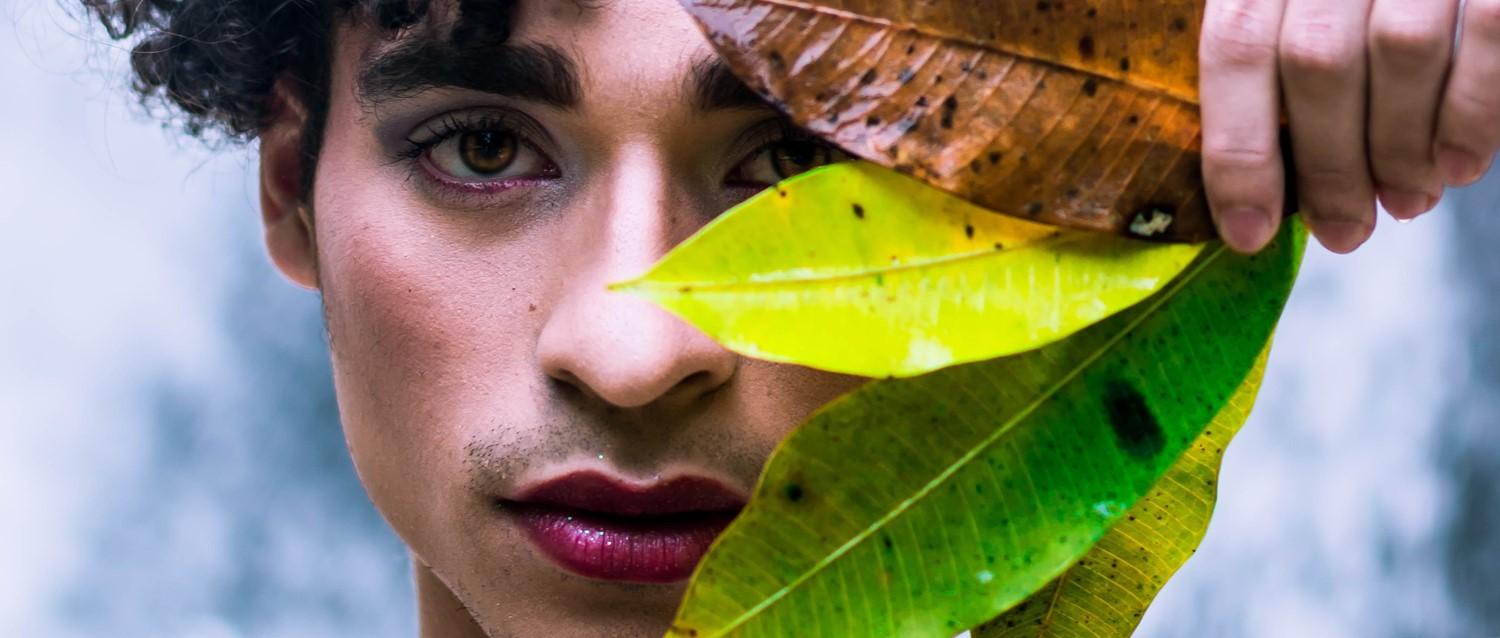
How to tell the difference between acne and other skin problems
Peer reviewed by Dr Sarah Jarvis MBE, FRCGPLast updated by Sara LindbergLast updated 7 Nov 2017
Meets Patient’s editorial guidelines
- DownloadDownload
- Share
- Language
- Discussion
How many times have you woken up, looked in the mirror and thought: “What invaded my face overnight?”. In a desperate attempt to erase any signs of the annoying red spots, you immediately reach for the fast-acting acne treatment and start rubbing away, only to be disappointed when that strange-looking pimple or rash is still staring back at you the next day.
In this article:
There are many skin conditions that resemble acne, and it can be very difficult to know for sure what you are dealing with. Dermatologists Dr Jill Waibel and Dr Tsippora Shainhouse weigh in on some of the skin conditions commonly mistaken for acne.
Continue reading below
Rosacea
Rosacea is the most common skin condition mistaken for acne. Rosacea causes small red or pus-filled bumps to develop on the skin and leaves the face with the appearance of a chronic flush and persistent redness across the cheeks, nose, forehead and chin. Those suffering from rosacea also describe a burning sensation associated with the bumps and redness and swelling in the eyes and eyelids. While there may be times when symptoms improve, long-term treatment is usually necessary for treating rosacea.
Some of the ways to treat rosacea medically include applying topical treatments to your skin once or twice a day, such as metronidazole cream or gel, azelaic cream or gel, and ivermectin cream. If you have severe rosacea, your doctor may recommend treating with antibiotics.
Other ways of improving rosacea include:
Avoiding triggers.
Using a mild cleanser on your face.
Using only your fingertips to apply cleansers or lotions.
Rinsing with lukewarm or cool water.
Gently patting your face with a soft, clean towel.
Applying sunscreen when outdoors.
Covering up your face in direct sunlight.
Additionally, some doctors may choose to treat the redness with laser or light therapy.
Keratosis pilaris
Keratosis pilaris is a very common genetic skin condition that looks like acne and can be very difficult to treat. The main differences between keratosis pilaris and acne, says Waibel, are the appearance of the bumps and the location of the blemishes. People who experience this condition have dry rough bumps on the outer sides of the upper arms, face, thighs and buttocks. Acne, on the other hand, is found throughout your face, chest and back.
These bumps are caused because of an excess of a protein called keratin in the openings of the hair follicles, and due to their white filling, they can look just like acne pustules. But Waibel explains that acne spots are instead filled with an oily substance called sebum.
"While it does tend to improve with age, keratosis pilaris can be managed with moisturisers and topical exfoliators, including alpha and beta hydroxy acids (like salicylic, lactic, or glycolic acids)," explains Shainhouse. But, if those don't help, she recommends talking to your doctor about a prescription retinoid.
Waibel recommends applying a corticosteroid cream on the affected area twice a day for seven days maximum to help reduce the bumps, along with exfoliating two to three times a week. But she says it's important to know that while the condition could become up to 80% better, it will never go away completely.
Continue reading below
Folliculitis
Folliculitis is caused by inflammation and irritation of the hair follicles, which is the same way acne can be triggered. Shainhouse says that sometimes folliculitis is related to bacteria, similar to acne, but often, it is triggered by yeast on the skin.
Folliculitis usually looks like red pimples with a hair in the centre of each one. The pimples may have pus in them and they may itch or burn. When the pimples break open, they may drain pus, blood or both. Folliculitis looks similar to acne because the bumps can have white filling in the lesion due to a bacterial infection; but it is not sebum, which is what you see with acne.
Waibel says another key difference between acne and folliculitis is the location: folliculitis can be anywhere there is a hair follicle, whereas, acne is only located on your face, chest, or back.
It's important to see your doctor if you think you might have folliculitis. Then, depending on the severity of the infection, you may be prescribed a cream medication. If the infection is extreme, an oral antibiotic may be prescribed.
Prevention is better than cure, though. And the best ways to avoid folliculitis, according to Shainhouse, include: changing out of sweaty clothing as soon as possible, showering or wiping down with salicylic acid-based wipes after a workout, and trying an anti-yeast wash in the shower.
Sebaceous hyperplasia
Sebaceous hyperplasia is flesh (or pinky-yellow) coloured small bumps that can develop on the forehead, cheeks, nose, and chin.
"They are actually enlarged oil glands in the skin, and sometimes you can even squeeze oil out of them," explains Shainhouse. But they are not caused by oily skin, and, as Shainhouse says, they are also not the cause of oily skin.
She says that because sebaceous hyperplasia is inherited, you can't prevent it. The bumps can be flattened during a process called electrocautery so they are not as apparent and can be easily covered by make-up, but this treatment is not available on the NHS.
Continue reading below
Periorificial dermatitis
"Periorificial dermatitis is an acne-like eruption that tends to develop in women and children, and presents with persistent pink bumps around the facial openings (eyes, nose, and mouth)," says Shainhouse. "This condition can last for months or even years if not properly treated," she adds.
And if you do have this condition, Shainhouse says your doctor will prescribe antibiotic creams and tablets, as well as anti-inflammatory medicine that will clear the breakout. But be prepared to wait at least a month or more for it to clear completely.
Basal cell carcinoma
Basal cell carcinomas are slow growing-skin cancers that derive from the base layer of the epidermis. They are usually caused by excessive UV exposure.
Shainhouse explains: "They look like shiny, translucent or pink bumps with tiny blood vessels, and they often have a cycle of bleeding, then healing almost completely, then bleeding again. But they never heal up."
She says they can be mistaken for a persistent/recurrent picked acne cyst, and if you do have a lesion that just doesn't heal after a month or two, see your dermatologist for evaluation.
Both dermatologists stress the importance of following up with your doctor regarding any questions you may have about your skin and the recommended treatment options available to you.
Patient picks for Acne

Skin, nail and hair health
Does wearing make-up give you acne?
"Does make-up give you acne?" is an age-old question. However, the answer may not be as straightforward as a yes or a no. It's understandable why those with acne might want to conceal it with make-up, but what can you do ensure you're still taking good care of your skin, and when should you see a professional about your acne treatment?
by Emily Jane Bashforth

Skin, nail and hair health
Dealing with depression and anxiety caused by adult acne
Acne is a common skin condition which many of us have struggled with at some point, particularly during our teenage years. But for some people, acne continues well into adult life and can have a serious impact on mental well-being.
by Lydia Smith
Continue reading below
Article history
The information on this page is peer reviewed by qualified clinicians.
7 Nov 2017 | Latest version

Ask, share, connect.
Browse discussions, ask questions, and share experiences across hundreds of health topics.

Feeling unwell?
Assess your symptoms online for free
Sign up to the Patient newsletter
Your weekly dose of clear, trustworthy health advice - written to help you feel informed, confident and in control.
By subscribing you accept our Privacy Policy. You can unsubscribe at any time. We never sell your data.